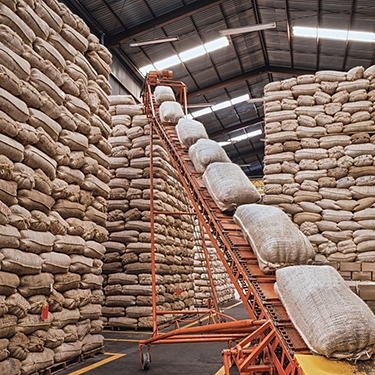Infrastructure investment due diligence

On behalf of a Canadian oilseed processer WPI's team provided market analysis, econometric modeling and financial due diligence in support of a $24 million-dollar investment in a Ukrainian crush plant. Consistent with WPI's findings, local production to supply the plant and the facility's output have expanded exponentially since the investment. WPI has conducted parallel work on behalf of U.S., South American and European clients, both private and public, in the agri-food space.

 December is upon us and the fall calf run all but ended, the beef industry is finalizing its estimates of 2025 profitability and market performance. For cow-calf producers, the results from all but the last two weeks of the year indicate profits easily hit a record high, even on an inflation-ad...
December is upon us and the fall calf run all but ended, the beef industry is finalizing its estimates of 2025 profitability and market performance. For cow-calf producers, the results from all but the last two weeks of the year indicate profits easily hit a record high, even on an inflation-ad...
 Overall, it remains a sideways market with corn showing the most confidence but overall market weakness that is both seasonal, and reflective of the fundamentals. China’s purchases of soybeans are now humdrum, but rumor of a possible Chinese corn purchase added a little spice to the marke...
Overall, it remains a sideways market with corn showing the most confidence but overall market weakness that is both seasonal, and reflective of the fundamentals. China’s purchases of soybeans are now humdrum, but rumor of a possible Chinese corn purchase added a little spice to the marke...
 Reported November meat sales data show meat department sales were positive and have remained so since Q1 of 2023. In all cases, dollar gains were from a combination of inflation and demand growth. Indeed, meat demand has remained remarkably resilient through 2025. On a per capita basis, chicken...
Reported November meat sales data show meat department sales were positive and have remained so since Q1 of 2023. In all cases, dollar gains were from a combination of inflation and demand growth. Indeed, meat demand has remained remarkably resilient through 2025. On a per capita basis, chicken...